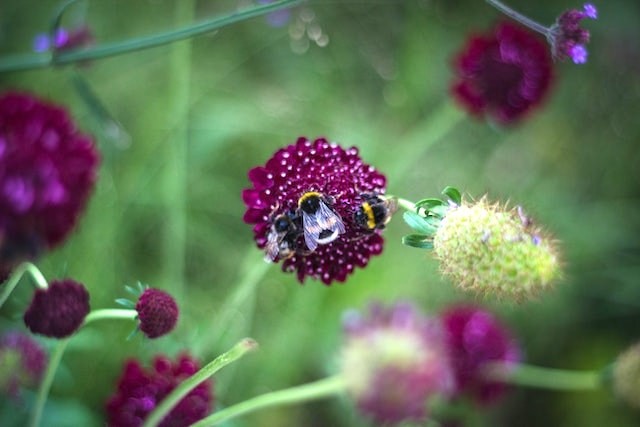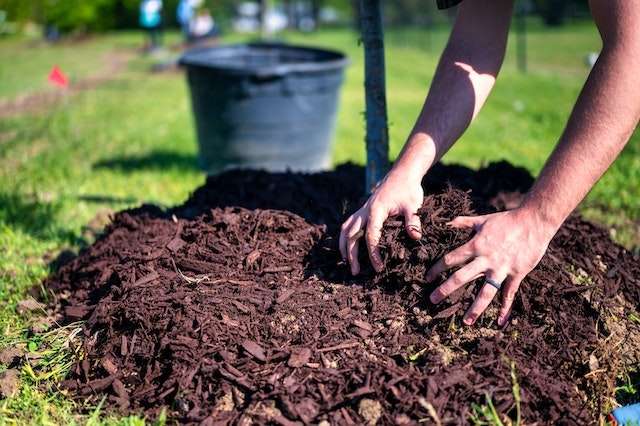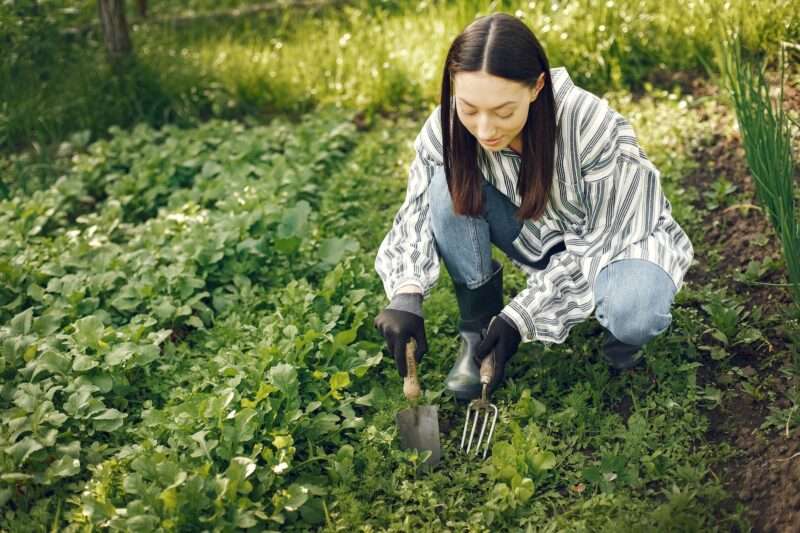In today’s world, the importance of sustainable gardening, particularly creating a habitat-friendly garden, cannot be overlooked. Such gardens add beauty to our surroundings and play a vital role in supporting biodiversity. By fostering a welcoming environment for various plants, insects, birds, and other wildlife, we can directly contribute to the ecological balance of our local environment. You’re in the right place if you’ve ever considered having a habitat-friendly garden. This guide will help you understand the principles and benefits of a garden that supports diverse life forms, turning your backyard into a sanctuary for nature’s wonders.
Why Create a Habitat-Friendly Garden?
The alarming decline in biodiversity is a global concern that affects our ecosystems. By creating a habitat-friendly garden, individuals can make a tangible impact. These gardens serve as mini-reserves for various species, supporting the broader ecological network.
Role of Gardens in Supporting Biodiversity
Gardens are more than just pleasing to the eye. A habitat-friendly garden becomes a haven for different species, such as birds, insects, and small mammals. By providing shelter and food, you directly contribute to local wildlife’s survival and thriving, thus aiding the entire ecosystem.
Direct Benefits to the Gardener
A habitat-friendly garden is rewarding for both nature and the gardener. The diverse plant and animal life will aid in natural pest control and pollination, enhancing the garden’s health and appearance. The enjoyment and satisfaction of fostering life right in your backyard can make gardening a more enriching and fulfilling experience.

Fundamentals of Creating a Habitat-Friendly Garden
Creating a habitat-friendly garden is a thoughtful process that embraces a few fundamental principles. Selecting native plants, providing shelter, and keeping your garden truly organic is essential in making your garden a welcoming space for wildlife. Avoiding chemical pesticides and fertilizers ensures a safe and natural habitat, encouraging diverse life forms to flourish.
Different Types of Habitats
A habitat-friendly garden is more than just plants. It supports various life forms. Creating spaces for birds, insects, mammals, and even amphibians by including bird feeders, bug hotels, or small ponds turns your garden into a lively micro-ecosystem. Each addition enhances the garden’s ability to support different species.
Importance of Native Plant Species
Native plants are the backbone of a habitat-friendly garden. These plants have co-evolved with local wildlife, offering the perfect food and shelter. They typically require less water and maintenance, thriving in local soil conditions. Their inclusion helps maintain an organic garden and is an invaluable resource for local fauna.
Embracing these fundamentals ensures your habitat-friendly garden becomes a sanctuary for diverse creatures. It promotes an enriching connection with nature, fosters environmental stewardship, and brings unparalleled joy to the gardening experience. So whether you’re a novice gardener or a seasoned green thumb, these insights will guide you toward creating a garden that truly nurtures life.

Step-by-Step Guide to Creating Your Own Habitat-Friendly Garden
Embarking on creating a habitat-friendly garden is exciting and rewarding. It’s an opportunity to blend your love for gardening with a commitment to supporting local biodiversity. So if you are either starting from scratch or transforming an existing garden, the following step-by-step guide provides practical insights to help you build a garden that’s not just beautiful but a thriving ecosystem. From plant selection to seasonal considerations, these guidelines will pave the way for a garden that’s truly in harmony with nature.
Selecting Appropriate Plants
Begin by identifying the native plants that thrive in your local climate. Research which plants attract specific wildlife like butterflies, bees, or birds. Understanding the natural connections between plants and animals will guide your selections, creating a garden that nourishes local ecosystems. Whether flowering plants, shrubs, or trees, each has a role in a thriving habitat.
Creating Diverse Layers
Emulating nature by creating diverse layers within the garden is essential. You’ll mimic a natural habitat, including ground cover, shrubs, and trees. Ground cover can be a home for insects, while trees provide shelter for larger animals. These layers’ varied heights and structures create opportunities for different species to cohabit, adding vibrancy to your garden.
Providing Additional Habitats
Consider adding specific habitats like birdhouses, bug hotels, or small ponds. These additions serve as specialized resources, providing shelter and nourishment for various creatures. From nesting birds to beneficial insects, these habitats enable a thriving micro-ecosystem.
Avoiding Harmful Chemicals
Commit to an organic approach in your garden. Avoid using pesticides or synthetic fertilizers, which can harm the wildlife you’re trying to attract. Opt for natural pest control methods and organic soil enrichment. Maintaining an environment free from chemicals ensures a haven for all inhabitants and promotes a healthy, resilient garden.
Understanding Seasonal Changes
Recognize the importance of seasonal changes in your garden. Different plants and additional habitats may be more or less relevant throughout the year. Tailoring your garden to the changing seasons ensures year-round appeal to various species and keeps your garden lively and beautiful no matter the time of year.
If you embrace these steps, you can create a habitat-friendly garden that serves as a living sanctuary for biodiversity, connecting you intimately with the natural world at your doorstep.
Maintenance Tips for Your Habitat-Friendly Garden
Maintaining a habitat-friendly garden requires more than an initial setup. It’s an ongoing process ensuring the garden thrives and supports various life forms. Understanding the needs of the garden’s inhabitants and the seasonal changes in your region can make maintenance a joy rather than a chore. Below, we’ll explore key tips to help you sustain your garden as a beautiful and beneficial habitat.
Sustainable Watering Practices
Water is vital for all living things. Employ rain barrels, drip irrigation, or other water-saving techniques to ensure your garden stays hydrated without wasting this precious resource. Consider the needs of both plants and animals in your watering routine.
Mulching and Composting
Mulching and composting are not only good for your plants but for the environment as well. Mulch helps retain soil moisture and suppresses weeds, while composting recycles kitchen and garden waste into nutrient-rich soil. Both practices support a healthy, organic garden.

Monitoring and Handling Threats
Keep an eye on potential threats like disease or invasive species. Early detection and organic intervention methods can prevent major issues. Encourage natural predators to maintain a balanced ecosystem.
Community Engagement
Consider joining local gardening groups or conservation initiatives. Connecting with others passionate about habitat-friendly gardening can provide support, inspiration, and shared resources. Community collaboration enhances the collective impact.
These maintenance tips will help you foster a garden that flourishes and sustains its role as a nurturing habitat. From wise water usage to encouraging community collaboration, each aspect ensures your garden remains a vibrant part of the natural world.
Conclusion: The Rewards of a Habitat-Friendly Garden
Creating a habitat-friendly garden is a journey that connects us with the natural world in a deeply fulfilling way. Creating and maintaining such a garden can offer numerous benefits beyond supporting local biodiversity. Engaging with nature and nurturing life in our backyards can improve our mental health, offering peace and satisfaction. The steps and guidelines presented here will help you craft a beautiful, sustainable garden and a haven for diverse life, whether a novice or a seasoned gardener.
Author bio: Ebony Brock is a seasoned writer and consultant for helixmoveva.com, specializing in sustainable living and environmental conservation. With a passion for gardening, she enjoys helping others create biodiverse, eco-friendly outdoor spaces. Her expertise makes her a trusted guide towards more sustainable lifestyles.
Image Credits:
Featured Image
Bees on purple flowers
Gardener reading a book
Person gathering compost
